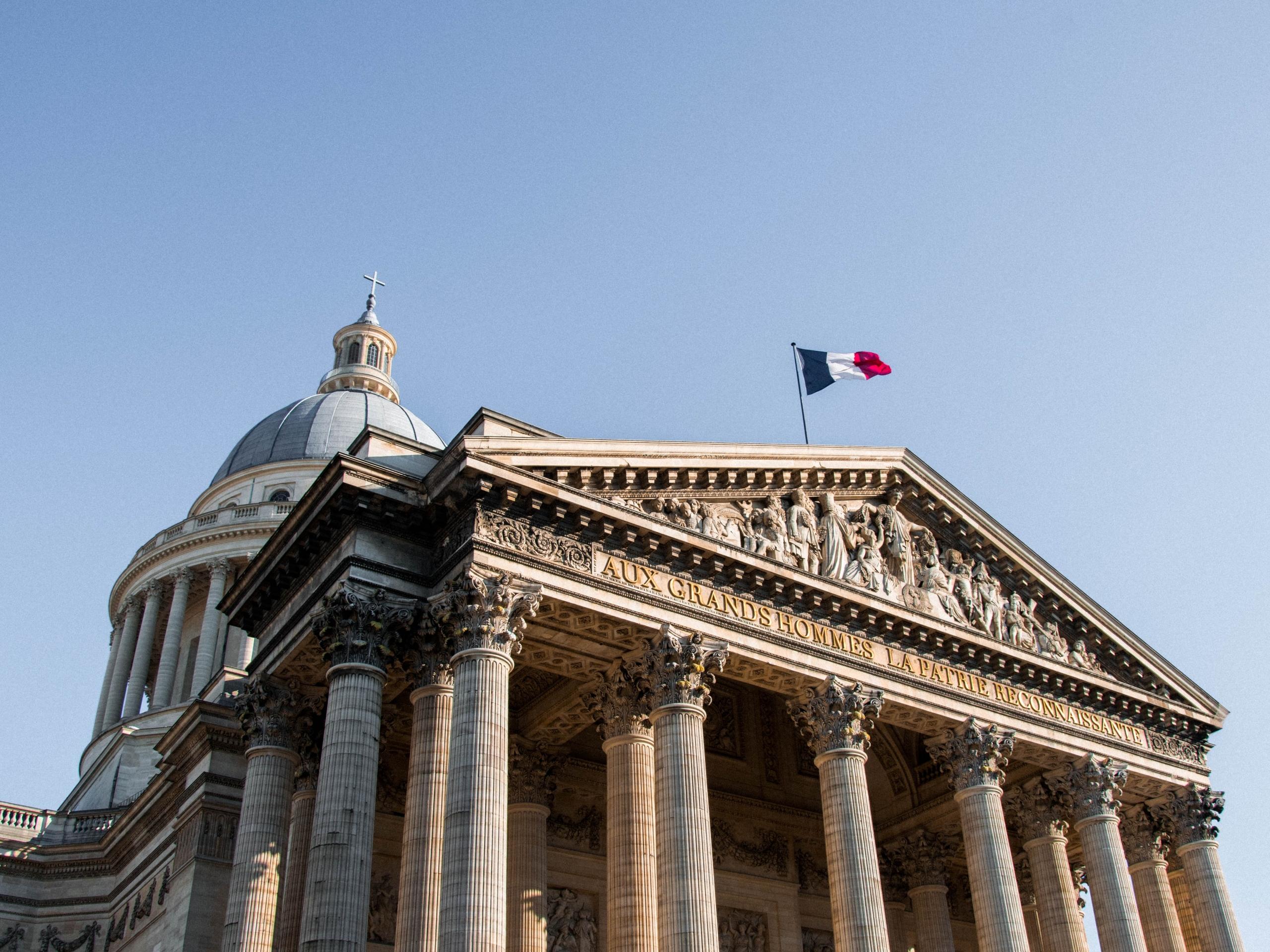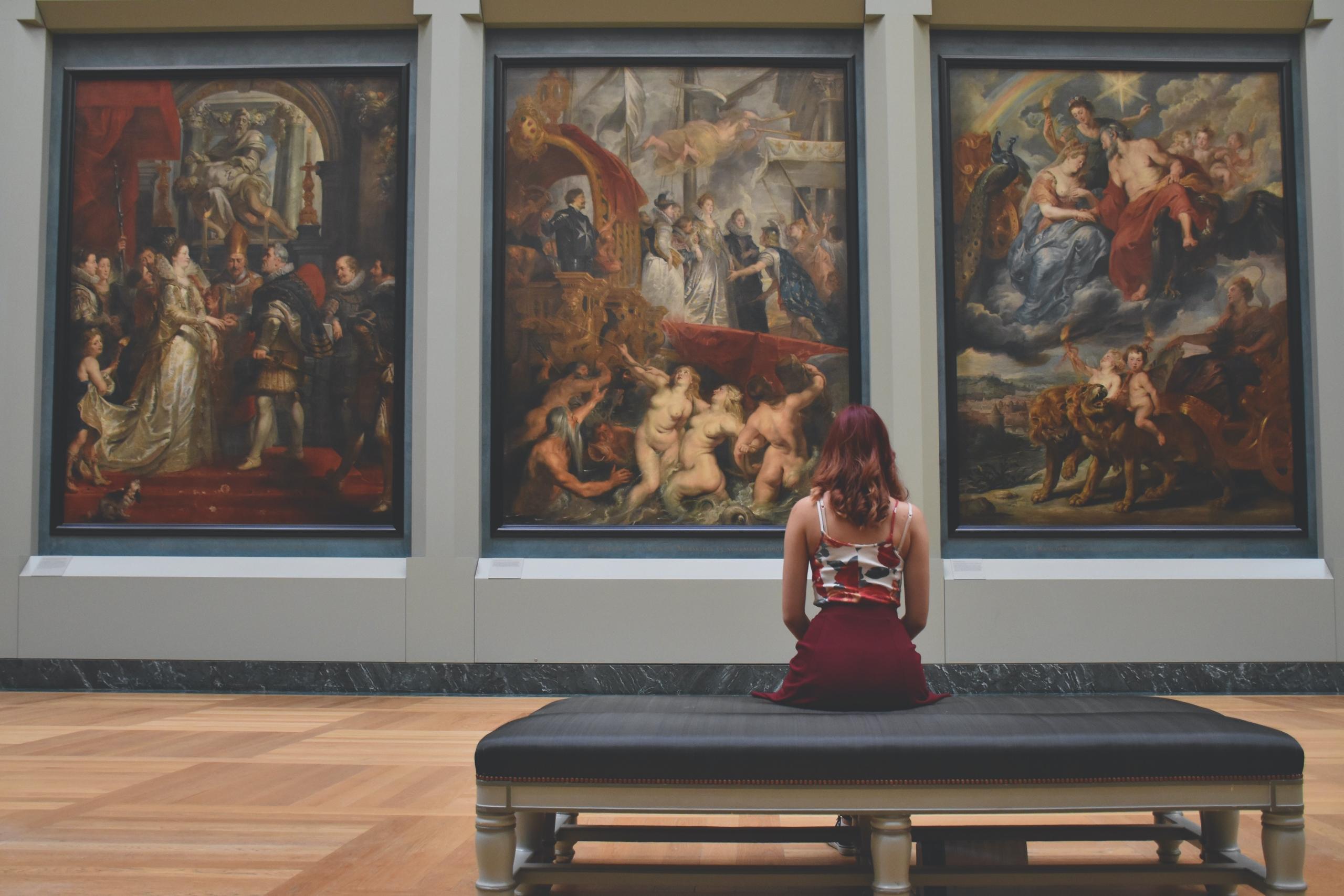"Art is not what you see, but what you make others see." - Edgar Degas
Art has the wonderful power to move us and evoke emotion. When we carefully observe a painting or drawing, we can experience a range of emotions from excitement and joy, to sadness and melancholy. Great artists do not create for their own appreciation, but rather for those who will view their art, especially if there is an understanding of the various art periods through the ages that have influenced it.
Throughout history, there have been art periods that characterise the unique techniques of artists and the type of work that they produce.
In this article, we take an in-depth look at Neoclassicism also known as the Neoclassical art period. One way to do this is to look at the celebrated artists from this period and their contribution to that time and era.
Also, if you are a history of art student, you can find out the best ways to find a private art teacher to support your neoclassicism art studies and take your academic results to the next level.

Defining Neoclassicism
Not unlike most other artistic periods from the past, Neoclassicism was first birthed in Rome, Italy. It has deep-rooted European origins and is known as a Western culture movement.
Neoclassicism drew its inspiration from a culture of classical antiquity.
When studying the history of art, you will also discover that the Neoclassical art movement, which included art from Greece too, also coincided with the Age of Enlightenment.
In terms of the person who shaped Neoclassicism artworks, the father of this period, because of his progressive writings and beliefs at the time is Johann Joachim Winckelmann. Thanks to the contribution of Winckelmann and others, Neoclassical art characteristics are made up of the following features and requirements.
- Balance of compositions
- Greco-Roman
- Proportions
The Neoclassical art period came soon after the Rococo era. While it was most prolific during the late 18th century and even the early 19th century, Neoclassicism has made a revival in the 20th and 21st centuries in both Russia and France.
Neoclassical Art Characteristics
Now that Neoclassicism has been defined, it is worth noting the unique aspects of neoclassical art that quickly differentiate it from other art movements. Here is a shortlist of the most important neoclassical art characteristics:
- Art pieces that are devoid of emotion and feeling,
- Art that symbolises perfection,
- Art that includes and features humanity
- Art that achieves proper balance within the piece
Although commonly witnessed in both paintings and sculptures, Neoclassicism artists were evident in other areas like architecture, fashion, music, literature and furniture.

Famous Neoclassicism Artworks
Like Romanticism and all of the great art movements throughout history, there are many famous Neoclassicism artworks that have been carefully preserved for the study and appreciation of generations to come.
Some of the things that make Neoclassicism artworks famous could include the use of certain colours and brush strokes, the Neoclassical artists themselves, the emotion it evokes, or the fact that the piece has survived the obstacles created by the passage of time.
To follow is a list of famous Neoclassicism artworks:
- The Death of Marat: beautifully painted by one of the most acclaimed Neoclassical artists, Jacques-Louis David, the Death of Marat is considered to be the most famous painting of the entire French Revolution and Neoclassical art period. It features the assassinated Jean-Paul Marat, a French Revolution leader. Completed in 1793, it is displayed in Belgium’s Royal Museum of Fine Arts.
- Portrait of Madame Recamier: another famous painting created by Jacques-Louis David, the Portrait of Madame Recamier is a faultless depiction of upper-class elegance during Europe’s Neoclassical period. The art piece’s subject Juliette Recamier, was a Parisian socialite. In the painting, she sits on a "Directoire" style sofa that was famous in the early 1800s.
- Napoleon I on His Imperial Throne: painted by another one of the Neoclassical artists, Jean Auguste Dominique Ingres during 1806, the painting of Napoleon I on His Imperial Throne has been the source of study and observation by historians, critics and students all over the world for many years. The painting shows Napoleon in his coronation attire as the regal and authoritative Emperor of France that he was.
Of course, there are historians who would highlight other pieces than the ones on this list, however, the abovementioned three pieces are of extreme significance in the world of art and provide an excellent overview of Neoclassical art characteristics.

But who were the Neoclassical artists who shaped and created the Neoclassical art characteristics that we still study today?
Acclaimed Neoclassical Artists
Beautiful works of art are dependent on the artists who dedicate their lives to painting or sculpting them. It’s also worth noting that most of them do not reach fame in their own lifetimes, but rather posthumously.
Whether Neoclassical or paintings and drawings from Realism, there will always be artists who are visibly more talented and noteworthy than others. In terms of famous Neoclassical artists, here are a few worthy of mention in no significant order.
- Jacques-Louis David: born in France in 1748, David was a French painter and active politician who used his talent to pioneer the Neoclassical era. His works were known to be to the point and less over the top than the art created during the Rococo period. David’s paintings can be seen at museums all across Europe.
- Jean Auguste Dominique Ingres: born in 1780, Jean Auguste Dominique Ingres was a French Neoclassical painter who was well known for using more classical elements instead of the Romantic period characteristics that were indicative of the early 19th century. His pieces are highly acclaimed for his technique.
- Angelica Kauffman: born in 1741 in Switzerland, Kauffman was the most famous female Neoclassical artist. In her time, she was known as a talented history painter. Her subject matter was diverse ranging from decorative paintings to landscapes and portraits. Before moving to the UK to found the Royal Academy in 1768, Kauffman lived in various parts of Europe where she made significant contributions to Neoclassical art characteristics.
- Antonio Canova: Antonio Canova was an Italian sculptor born in 1757. Widely recognised as the most important sculptor of the Neoclassical art period, he included both Baroque and classical features into his work. Canova spent much time travelling through Europe to hone his skills and also spent much time in England.
To find out more about the artworks and talented individuals who made such a profound contribution to Neoclassicism, it would be worthwhile investing in a private history of art tutor.

The Benefits of Learning with a Private Tutor
Whether you are learning about Neoclassicism as part of an art degree, for your Grade 12 art history class, or out of sheer curiosity, there are many private art tutors that could answer your needs. You just need to know where to look.
On Superprof, check out the website’s location tool if you want to find a tutor who is geographically close to you. Alternatively, as long as you have an internet connection and a webcam, you could find lessons with art tutors who are based in many other parts of South Africa, or even the world.
A private art tutor has the ability to provide the kind of support that is not easy to get in a busy classroom. Through private individual lessons, extensive knowledge of Neoclassicism and other history of art topics can be acquired. This could give you the edge with your overall academic results.
On Superprof, there are thousands of tutors to assist with over 1 000 academic disciplines.
Of course, you could attempt a general internet search in your efforts to find a history of art tutor, but when you use Superprof you will not only have many tutors in one place to compare. Not only this but you should look out for reviews left by previous students. Another benefit to using the Superprof website is that in most cases your introductory lesson is for free. This is important because one of the fundamental cornerstones to private tuition success is a good connection between student and teacher.
Finally, it’s worth noting that thinking that private tuition is unaffordable is a myth. On Superprof, there are private art tutors for around R183 per lesson, in South Africa. If you’re looking for academic support with your Neoclassicism art studies, help might be only a click away.
In fact, you could learn a lot about other art movements too, all from the convenience of your own home.
Finding the right tutor could help you to enjoy your studies while you invest in the best academic results possible.
Who wouldn’t want that?















